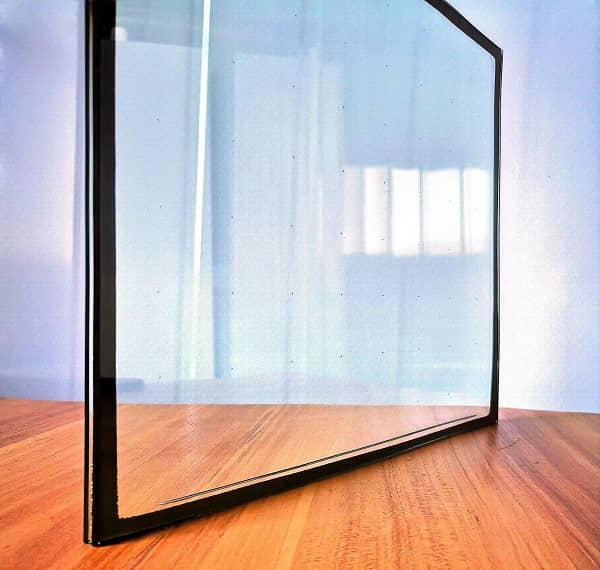
In fact, extremely low heat transfer coefficient is not the biggest advantage of vacuum glass, because multi-layer insulating glass can actually achieve the heat transfer coefficient of vacuum glass. For example, four layers of glass with three 12mm argon gas layers, and three layers of low glass have a similar heat transfer coefficient of 0.5W/m2K to vacuum glass. However, it is obvious that such glass is too thick and heavy, with a thickness of 6 times and a weight of 2 times than vacuum glass, because vacuum glass only requires 2 pieces of glass, And the vacuum layer is only 0.15mm thick.
Here comes the question, why can the vacuum layer be so thin? This is actually because of the physical characteristics of vacuum, which is different from air. Under vacuum, the content of air molecules is very low, so there is almost no conduction and convection heat transfer of gas molecules, which is independent of the length of the heat transfer path. Therefore, whether it is 0.1mm or 20mm, the thermal conductivity of vacuum is almost the same.
In fact, it has been proven in the laboratory that the thickness of the vacuum layer only needs to be greater than 0.1mm, because if it is less than 0.1mm, two pieces of glass may touch each other.

